← REGULATORY AFFAIRS & QUALITY MANAGEMENT
MedTech Expertise
Medical Device companies are leveraging the latest technologies, materials, and innovations to address unmet clinical needs around the globe. Our specialized professionals remain up to date with the latest advancements in the MedTech industry to be able to provide superior guidance and ensure the success of your project.

Software, Artificial Intelligence (AI) and Machine Learning (ML)
Software, as the enabler of digital health services, is evolving rapidly to produce sophisticated and accurate solutions (i.e. Artificial Intelligence models), allowing complex and powerful systems (i.e. cloud processing), while becoming ubiquitous (i.e. accessible everywhere from mobile devices). Nonetheless, software is not exempt from failures that could impact patient safety.
Maintaining state-of-the-art, Agile development practices while fulfilling regulatory requirements brings the need for well-defined strategies.
Key areas of expertise:
- Planning of Software Development Activities
- Management of Software Requirements
- Software Risk Management
- Software Testing Strategy
- Clinical Evaluation of Software
- Cybersecurity and Data Protection Strategies
- Training of Software team on IEC 62304
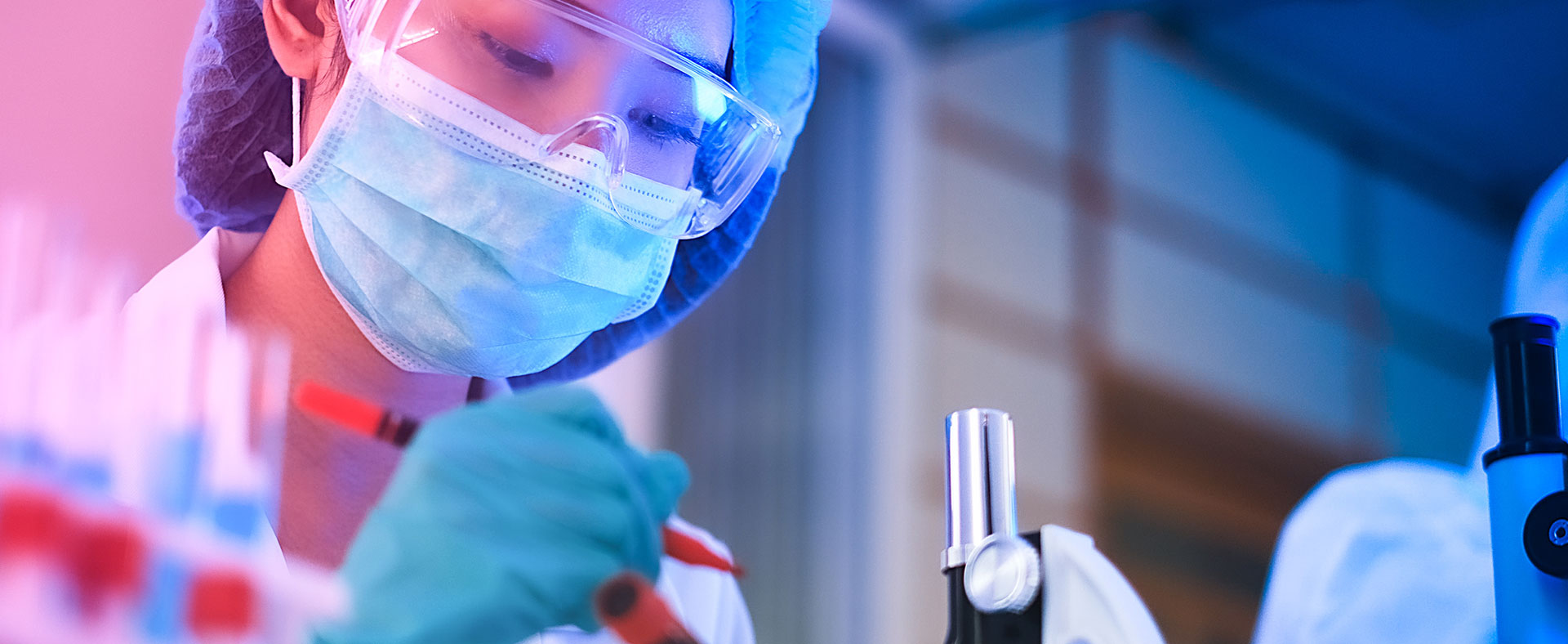
Biocompatibility and Toxicology
Biological safety must be demonstrated not only when placing a medical device on the market, but throughout its complete lifecycle.
If a device has direct or indirect tissue contact, European authorities and FDA require biocompatibility information, to make sure patients are protected from potential biological risks arising from the use of the device. This process requires the identification of risks related to raw materials, packaging, manufacturing, degradation, and a series of other aspects.
Key areas of expertise
- Biological Risk/Safety Assessment (including BEP and BER)
- Evaluation of specific risks related to (nano)particles, substances classified as CMR (carcinogenic, mutagenic or toxic for reproduction) or ED (endocrine disrupting)
- Definition of tests to be performed/waivered
- Definition of testing conditions
- Support for communication with test laboratories
- Toxicological Risk Assessment
- Updates of previous Biological Risk Assessments (e.g., following a manufacturing change)
- Support for interaction with FDA and Notified Bodies

Cybersecurity and GDPR
Novel technologies such as the Internet of Things (IoT), Artificial Intelligence (AI) and Blockchain are enabling new healthcare networked services and increasing their functionalities.
Despite the advantages brought by these digital health services, the risks and threats associated with sensitive data exposure are considerable, and there is no single Cybersecurity guidance or standard that could be considered “state-of-the-art”.
Key areas of expertise:
- Performing gap analyses with respect to GDPR and other applicable regulations
- Identifying assets, threats, and vulnerabilities
- Conducting risk assessments aligned with the product lifecycle and GDPR requirements
- Ensuring that all processes properly address the cybersecurity risks in Premarket (Design & Development) and Post Market Surveillance (Monitoring and Vigilance).
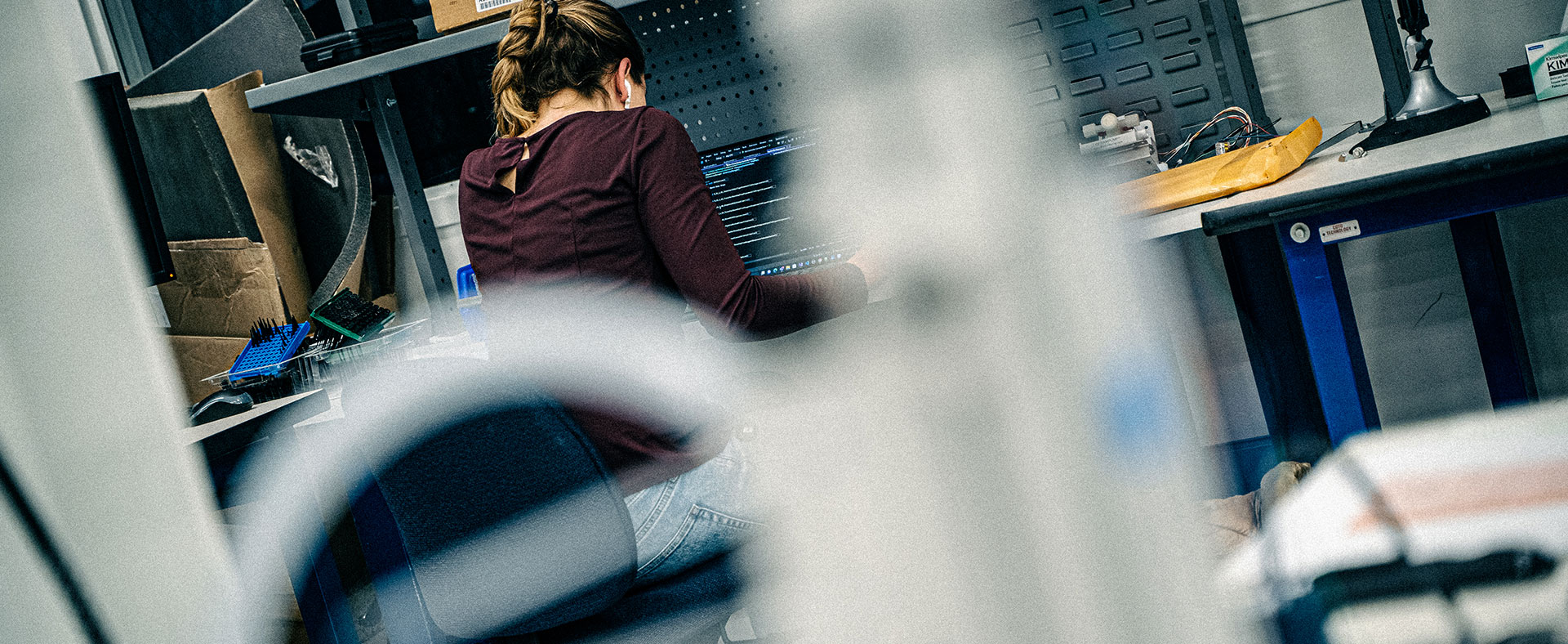
Electrical Safety and EMC
Manufacturers of electrically-driven medical devices and IVDs may face different regulatory requirements depending on their intended device market strategy. It is essential to give due consideration of the applicable international market requirements during and after the development phase of the medical electrical equipment.
Veranex is abreast of these changing requirements and provides expert guidance to ensure your software meets all necessary market standards.
Key areas of expertise:
- Implementation support of new requirements introduced by IEC 60601-1 Edition 3.2, IEC 60601-1-2 Edition 4.1 and sub-standards CISPR 11 and IEC 61000-4-39
- CB scheme and/or NRTL testing plans
- Test laboratory selection, depending on intended global market access strategy
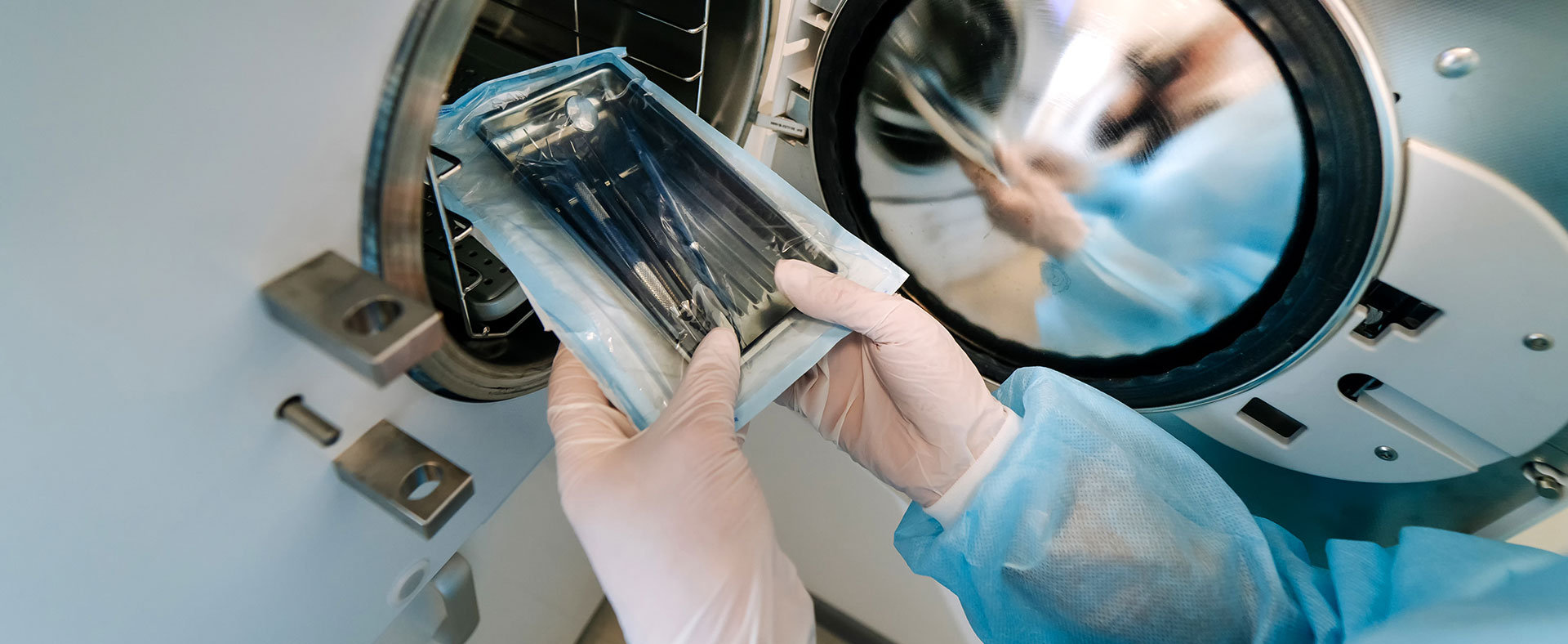
Cleaning and Sterilization
Ensuring medical device safety requires proper cleanliness and – depending on the intended use – sterility. This is the case not just for single use but also for multiple use devices. It is the manufacturer’s obligation to ensure the proper condition of the device when sold but also to provide validated reprocessing procedures for multiple use devices.
Furthermore, demonstrating cleanliness and, if applicable, sterility demands compliance with the requirements set out by standards and regulations. Strategic and operational decisions play an important role in the development of related validation plans, which justifies the need for a well-thought-out strategy. Thorough expertise on applicable regulations, as well as the scientific know-how to interpret testing results are essential for a quick and smooth completion of the related processes.
Key areas of expertise:
- Development of process strategy
- Defining validation plans related to cleaning, sterilization, and reprocessing according to applicable standards
- Analyzing of test results and interpretation
- Development and/or review of technical documentation including instructions for use
- Management and interaction with stakeholders such as notified bodies, competent authorities, and accredited test labs
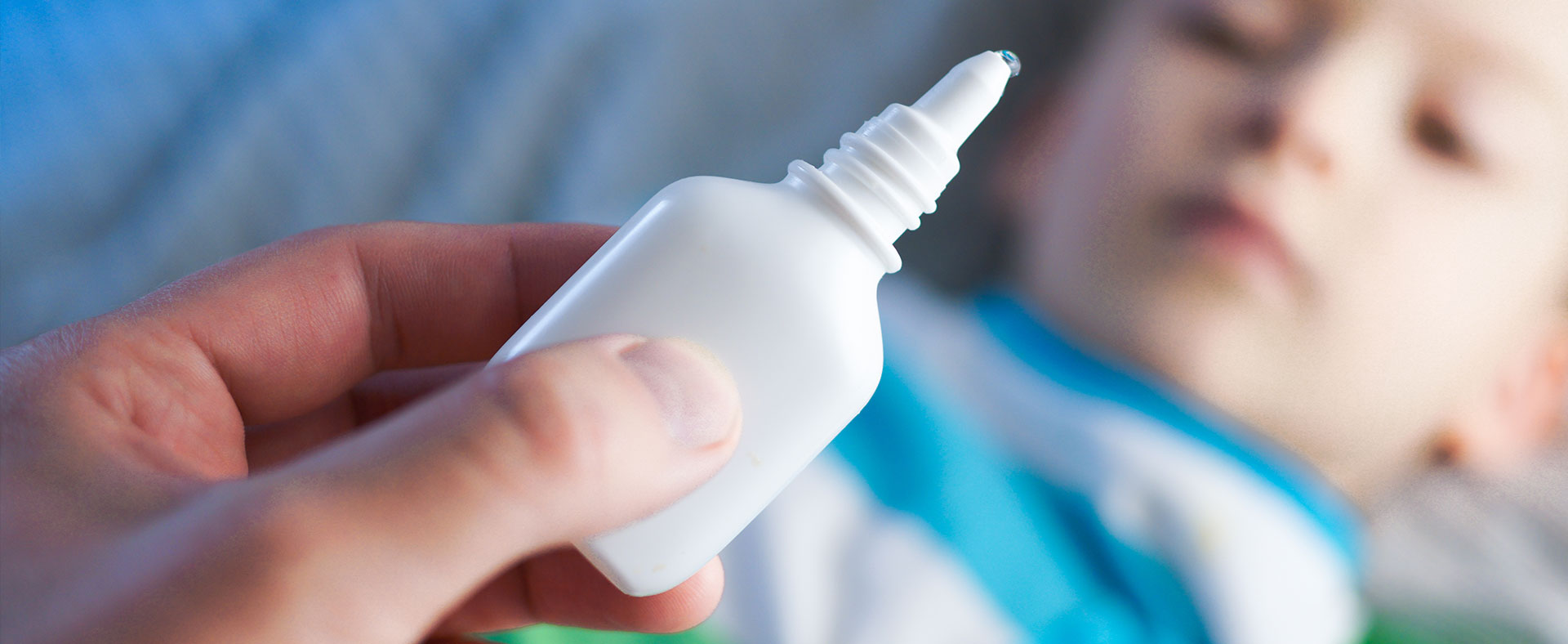
Devices Integrating Substances
In the current European regulatory landscape, it may be challenging to define which directive/regulation applies to substance-based products (i.e., products that achieve their intended purpose by the action of their ingredients).
Considering the regulatory aspects from the start of development of a product is particularly of prime importance for substance-based devices because such products may be qualified either as medical devices, medicinal products or, in some cases, as cosmetics. Fulfilling the specific regulatory requirements brings the need for well-defined strategies.
Key areas of expertise:
- Substance-based product qualification (MD, MP, Cosmetics…)
- SBMD risk classification
- Support in the regulatory pathway
- Support in fulfilling GSPR 12 (requirement for substances that may be absorbed)
- Support for interaction with FDA and Notified Bodies
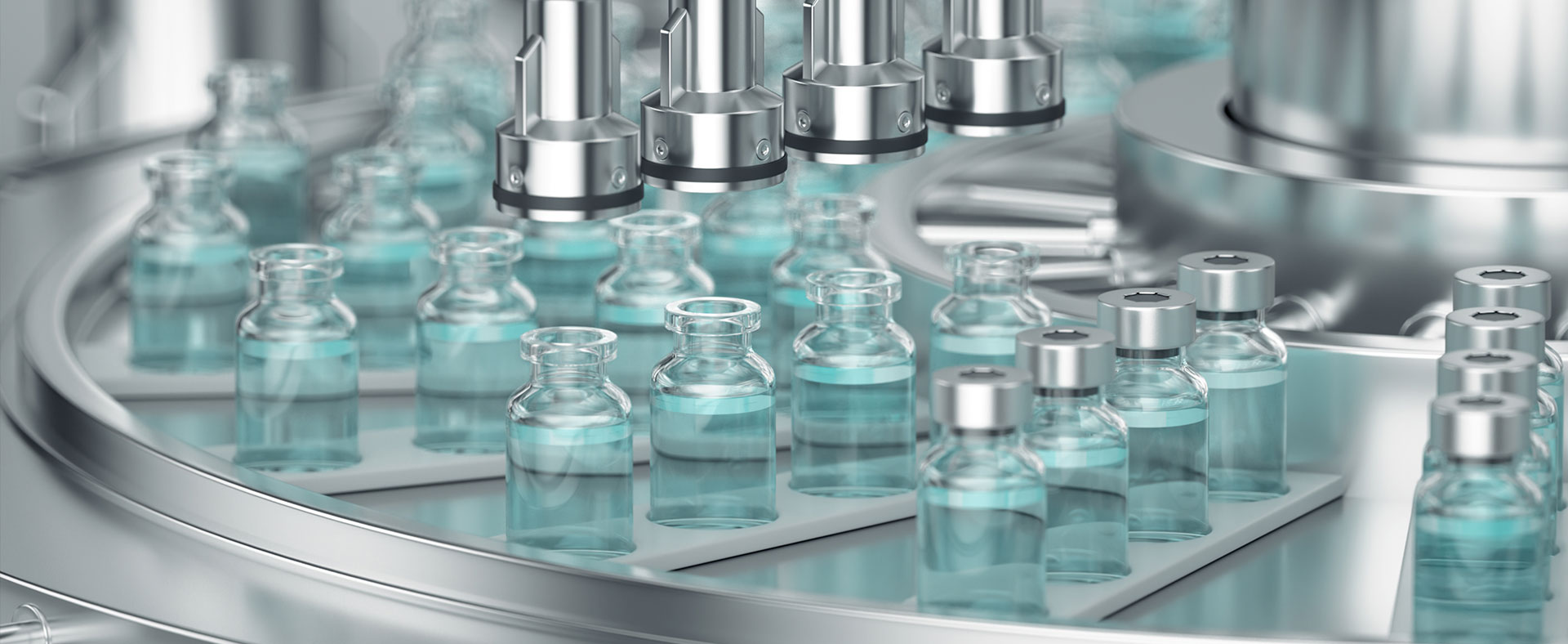
Drug Delivery and Combination Products
Combination Products combine two or more regulated medical products, each of which, when considered individually, would be governed by different regulations. As a result, the regulatory framework with Combination Products is more complex, and often requires the involvement of different Regulatory Authorities.
Generally, the key criteria in defining how a Combination Product is regulated is its Primary Mode of Action (PMOA). For novel Combination Products, the identification of the PMOA may be especially challenging, especially for the so-called “borderline cases”.
Key areas of expertise:
- Regulatory Pathway
- Clinical Pathway
- Technical Documentation
- Preparation of pre-RFD / RFD
- QMS / GMP for Combination Products
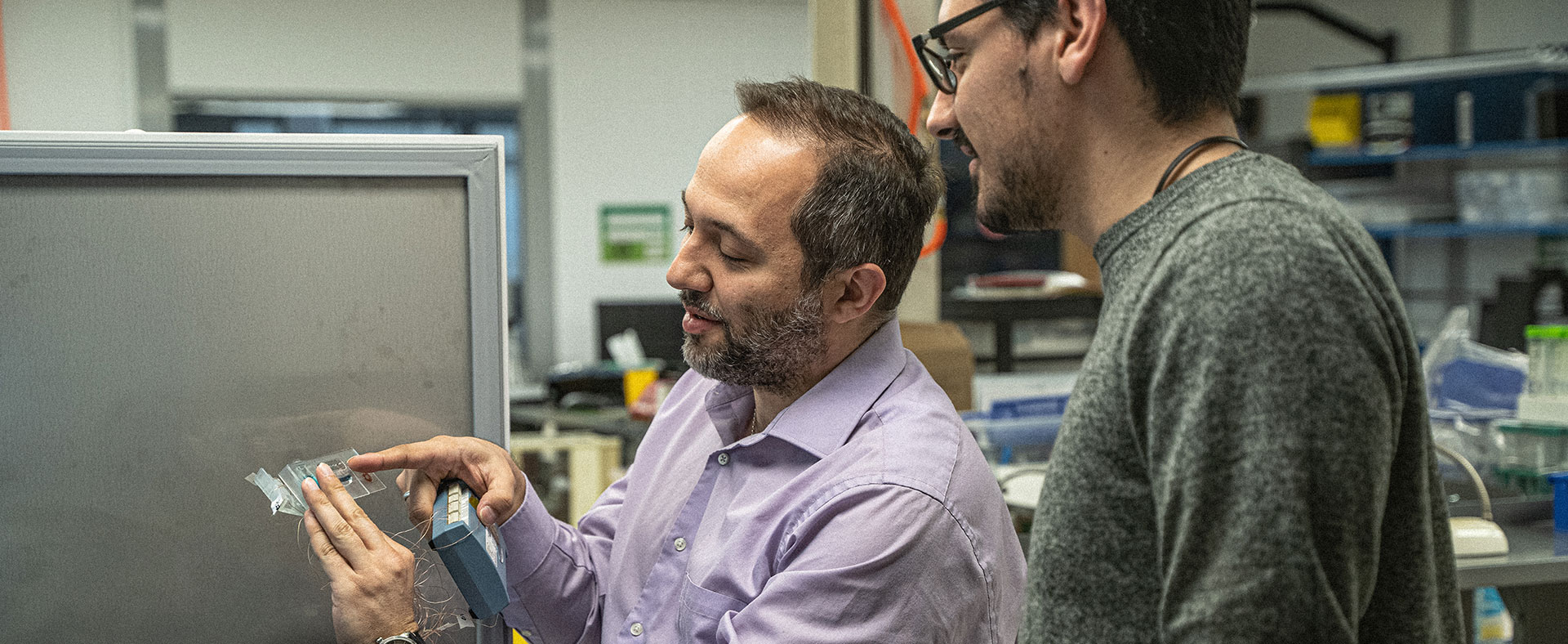
Verification and Validation (V&V)
V&V activities are crucial steps in ensuring the safety and effectiveness of your medical device, and they are typically required by regulatory agencies before a device can be used in clinical settings.
With the introduction of the concept of state-of-the-art and the ongoing effort towards harmonization of standards, companies may be understandably confused about how to best demonstrate compliance. Building a strong (statistical) justification of sample size can also be a daunting task.
Key areas of expertise
- FDA’s Quality System Regulation (QSR)
- ISO 13485
- CE Marking
- Design and execution of Verification and Validation plans
- Sampling strategy
- Testing methodologies and analytical techniques such as tensile strength, stress testing and functional testing
